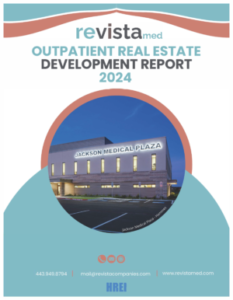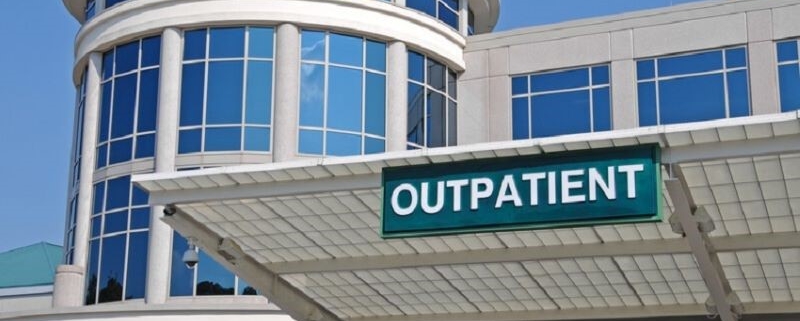HCA Healthcare is expanding its presence in Southwest Florida and competing with the dominant health system, the publicly operated Lee Health.
The ongoing expansion of the for-profit HCA will include a 100-bed hospital at 3851 Colonial Blvd. that is in planning stages and a freestanding emergency room under construction at 8919 College Pointe Court.
The increasing competition from HCA is among the reasons why Lee Health is considering converting from a public system to a private nonprofit one. The change would provide leverage to partner with other health care systems and would allow Lee Health to go outside of the county. Lee Health’s publicly elected board will make a decision by October on a conversion or not.
In 2006, HCA sold its two hospitals in Fort Myers to Lee Health; Southwest Florida Regional Medical Center that no longer exists and Gulf Coast Hospital that has been renamed Gulf Coast Medical Center at 13681 Doctors Way off Daniels Parkway.
What Does HCA Own In Southwest Florida?
HCA’s main presence in Lee is through ownership of eight MD Now Urgent Care locations, including one in Naples. The locations are in Fort Myers, Cape Coral, Harlem Heights, Lehigh Aces, Estero and Naples. HCA bought MD Now, which has 59 locations in the state, at the end of 2021.
The company is building a freestanding emergency room in Fort Myers at 8919 College Pointe Court with an estimated cost of $6.5 million, according to Lee County records.
“HCA Florida Fawcett Hospital, located in Port Charlotte, is involved in the project,” spokeswoman Debra McKell said in an email. “This 10,820-square-foot facility will operate around the clock with full-service emergency services including laboratory, X-rays, CT scanning and ultrasound. We recently held a beam signing event at the location and are expecting it to open in fall 2024.”
HCA Fawcett Hospital opened a similar freestanding emergency room in Cape Coral in June 2022. The address is 322 SW Pine Island Road.
What’s The Status Of The New Hospital?
The hospital will be built at 3851 Colonial Blvd., which is just northeast of McGregor Baptist Church.
“The details are being finalized after the site had to be rezoned and some mitigation had to be done,” McKell said.
She did not immediately have a time when construction will start.
When HCA announced in 2021 plans for the hospital, officials said it would be four stories with 275,870 square feet and would include an emergency room, trauma care, labor and delivery, among other services.
The Fort Myers hospital is one of three planned as part of HCA’s market expansion in the state. The other two are a 90-bed hospital in Gainesville and a 60-bed hospital near the Villages. Statewide HCA Florida has 49 hospitals and 65 urgent care centers. It reports treating 7.4 million patients in the state each year.
Nationally HCA Healthcare reported $17 billion in revenue for the fourth quarter of last year ending Dec. 31, according to its financial report.
Source: News-Press
 That was indeed a bit of a surprise last year when the Arnold, Md.-based research firm Revista issued its 2023 Outpatient Real Estate Development Report, which indicated that the volume of MOB projects started or completed in 2022 totaled 44.9 million square feet in 2022, down slightly from the 45.4 million square feet of space started or completed in 2021.
That was indeed a bit of a surprise last year when the Arnold, Md.-based research firm Revista issued its 2023 Outpatient Real Estate Development Report, which indicated that the volume of MOB projects started or completed in 2022 totaled 44.9 million square feet in 2022, down slightly from the 45.4 million square feet of space started or completed in 2021.



